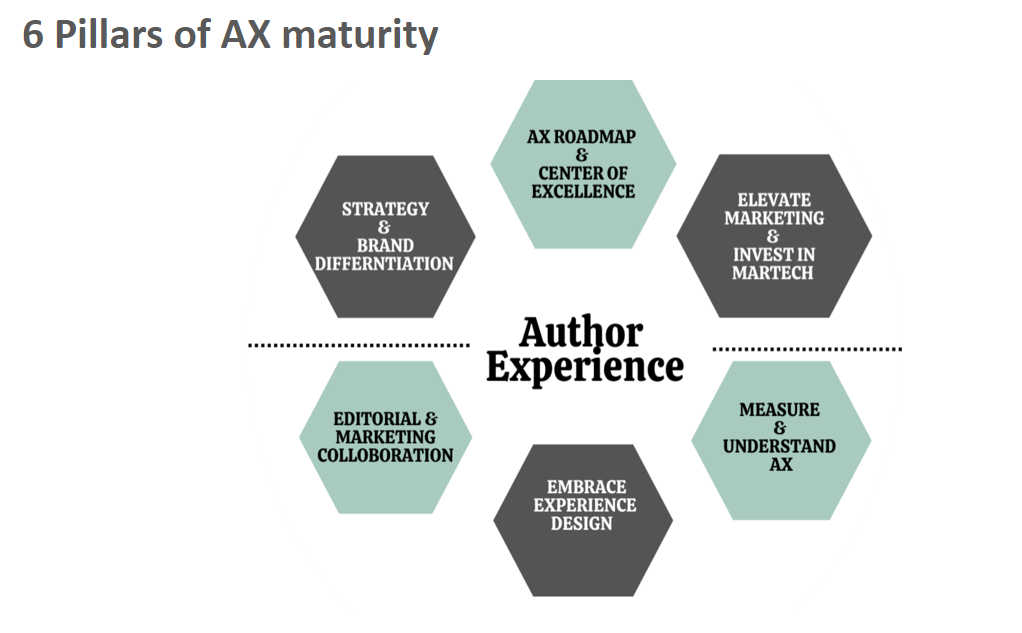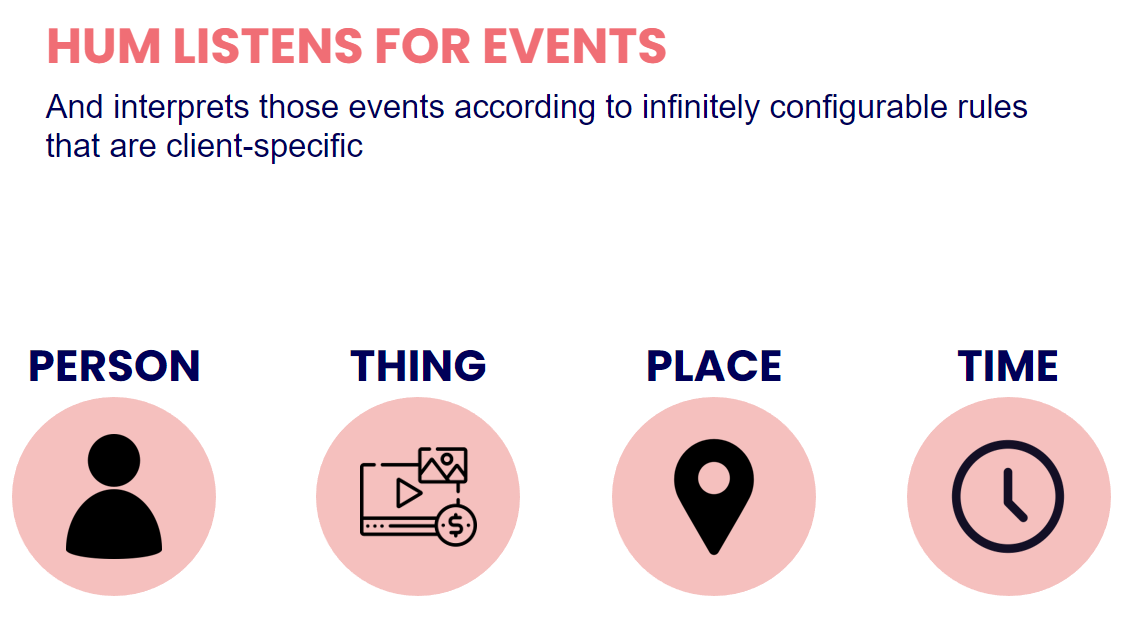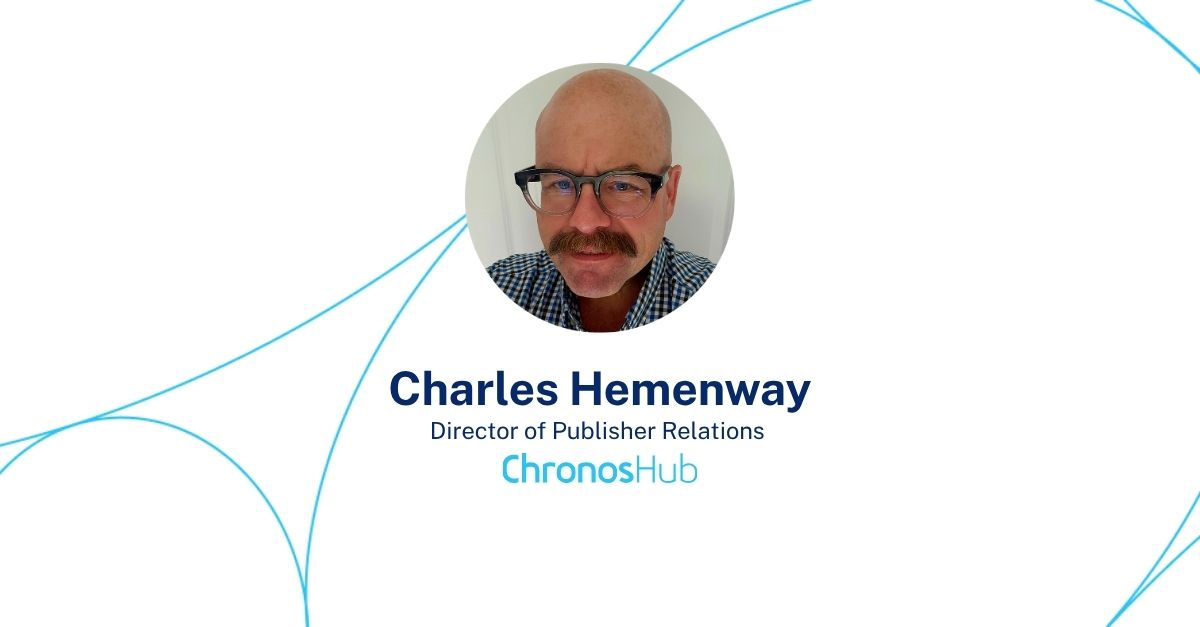Author Experience


At ChronosHub we know that there can be ups and downs during the publishing journey. In this webinar the panel discussed the author experience throughout the publishing process. Together with our host Romy Beard, the panel focused on ways that we can use data and Martech to improve the author experience. We were in the excellent company of Colleen Scollans from Clarke & Esposito and John Challice from Hum who both shared their insights and got us thinking!
First impressions count
For an author, there can be many touchpoints with a publisher before they even publish an article in a journal. It is likely that they will begin the process as a reader and will want to publish in a journal because it offers something meaningful to their subject area. They could have heard about a journal through colleagues and peers, who shared their own experiences – good or bad – about their own author journey. They may also have heard about a publisher because they are well regarded in their subject area and want to find out more. Author experience is the sum of all those interactions. And during all of these interactions an author is forming an impression of the publisher.
What Colleen and John highlighted was how much these first impressions count. If someone you respect tells you a restaurant is bad – you’re going to think twice about dining there. The same goes for choosing a place to publish. Publishers are brands that mean something to people in the scholarly research community. Thinking about journals in this way might seem incompatible with academia because branding is something more associated with electronics, fashion, or food! However, taking the brand route allows publishers to think about what they want their signature author experience to look like.
Good author experience is good for everyone
One way to do this, according to Colleen, is to elevate the use of Martech (marketing technology). This could be through a CDP (Customer Data Platform) and John showcased to everyone the CDP developed by Hum for the needs of the scholarly publishing community. It’s part of a whole host of tools that publishers can use to connect with and get to know their readers and authors. At Hum, they give their customers access to data from IP Registry and PSI, so publishers can get a fuller picture of who is reading what, from where and when. But don’t worry! Readers must give consent for their data to be shared.
It sounds a little bit overwhelming and again, not what would usually be associated with academia. You just publish and that’s it, right? But why not have a great experience when you publish? We expect it of other things in our day-to-day and professional lives, so we should expect it when we publish too.
Good author experience is good for publishers too. In 2016 McKinsey found that a focus on the author experience can lift a brand’s revenue by 5-10%. But it’s not just about the money, a great experience means that authors are 74% more likely to return, which means that journals get a wider selection of articles to consider and publish. Martech allows publishers to provide a bespoke experience for authors. So, if you are researching immunology, you don’t want to receive blanket messages from your preferred publisher about submitting to a special issue of a veterinary science journal. As John said – “No one complains about getting a relevant email!”

Communication is key
Making sure communications are tailored to individuals is important. It’s up to the editorial and marketing teams to collaborate and co-ordinate on what they send to authors and readers. It will only cause confusion if one team has different branding from another, so investing in systems that allow staff access to the same tools and style guidelines helps greatly.
Considering what messaging is needed when also supports a coherent communication policy. Romy shared a mapping out of the publishing journey on ChronosHub. With all the different steps an author goes through, there is a corresponding communication that suits the step. Meaning that when authors have submitted a manuscript they receive a confirmation message, or when an article is accepted or rejected the author receives coherent messaging about what to do next. Some publishers email authors back and forth to sign a publishing agreement, which is something that could be done with one click through a platform like ChronosHub.
Intuitive systems
Communication is just the starting point. Frictionless and intuitive systems are a must for great author experience. Making sure publishers have the data sets and technology to prevent bottlenecks goes the extra mile to ensure that the publishing process is easy. A lot of this data comes from the author themselves, such as their affiliation. However, this can be error prone and be time-consuming to complete. Therefore, to speed up this process ChronosHub have invested in a new AI project to collect the data from manuscripts so that authors do not have to spend time on manual processes.

Intuitive systems
Communication is just the starting point. Frictionless and intuitive systems are a must for great author experience. Making sure publishers have the data sets and technology to prevent bottlenecks goes the extra mile to ensure that the publishing process is easy. A lot of this data comes from the author themselves, such as their affiliation. However, this can be error prone and be time-consuming to complete. Therefore, to speed up this process ChronosHub have invested in a new AI project to collect the data from manuscripts so that authors do not have to spend time on manual processes.

Share this post





